Yoav Y. Schechner: Research
Instant Dehazing

We present an approach for easily removing the effects of haze from passively acquired images. Our approach is based on the fact that usually the natural illuminating light scattered by atmospheric particles (airlight, path-radiance) is partially polarized. Optical filtering alone cannot remove the haze effects, except in restricted situations. Our method, however, stems from physics-based analysis that works under a wide range of atmospheric and viewing conditions, even if the polarization is low.
The approach does not rely on specific scattering models such as Rayleigh scattering and does not rely on the knowledge of illumination directions. It can be used with as few as two images taken through a polarizer at different orientations. As a byproduct, the method yields a range map of the scene, which enables scene rendering as if imaged from different viewpoints. It also yields information about the atmospheric particles. We present experimental results of complete dehazing of outdoor scenes, in far-from-ideal conditions for polarization filtering. We obtain a great improvement of scene contrast and correction of color.
More recently, we derived a blind method for recovering the parameter needed for separating the airlight from the measurements. This yields skyless scene recovery. In other recent papers, we have derived distance-dependent regularization methods. They denoise the background scene, while avoiding blur of the clear foreground objects.
Publications
- Yoav Y. Schechner, Srinivas G. Narasimhan, and Shree K. Nayar, “Polarization-based vision through haze,” Applied Optics 42, No. 3, pp. 511-525 (2003), Special issue about Light and Color in the Open Air.
- Yoav Y. Schechner, Srinivas G. Narasimhan and Shree K. Nayar, “Instant dehazing of images using polarization,” Proc. IEEE CVPR, Vol. I, pp. 325-332 (2001).
- Yoav Y. Schechner and Yuval Averbuch, “Regularized image recovery in scattering media,” IEEE Trans. Pattern Analysis & Machine Intelligence 29, No. 9, pp. 1655-1660 (2007).
- Ran Kaftory, Yoav Y. Schechner and Joshua Zeevi, “Variational distance dependent image restoration,” Proc. IEEE CVPR (2007).
- Sarit Shwartz, Einav Namer and Yoav Y. Schechner, “Blind haze separation,” Proc. IEEE CVPR, Vol. 2, pp. 1984-1991 (2006).
- Einav Namer, Sarit Shwartz and Yoav Y. Schechner, “Skyless polarimetric calibration and visibility enhancement,” Optics Express 17, No. 2, pp. 472-493 (2009).
- Einav Namer and Yoav Y. Schechner, “Advanced visibility improvement based on polarization filtered images,” Proc. SPIE 5888: Polarization Science and Remote Sensing II, pp. 36-45 (2005).
Presentations
- “Polarization-based dehazing” (27.5 Mb, PowerPoint)
Data
Images used as described in our papers, taken via a linear polarizing filter. Corresponding to the backscatter, the best state has minimal intensity, while the worst state has maximal intensity. Available for non-commercial use. You can use the data while clearly acknowledging the source by citing "Polarization-based vision through haze" detailed above, in your work.- Images captured in 2001 by an SLR. The slides were scanned, radiometrically corrected (linearized), and geometrically aligned. In tiff16 format, compressed to a single zip (4 MB).
Related Research
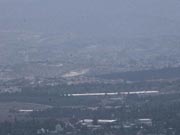
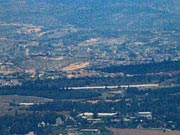 An image taken at the best optical settings, vs. its dehazed result.
An image taken at the best optical settings, vs. its dehazed result.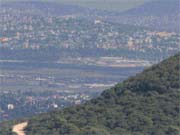
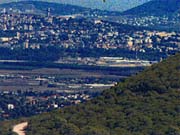 Another best optical image and the dehazed result.
Another best optical image and the dehazed result.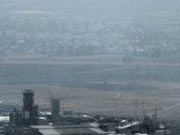
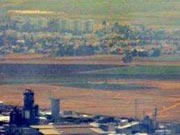 Another best optical image and the dehazed result.
Another best optical image and the dehazed result.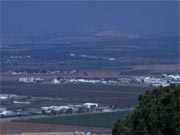
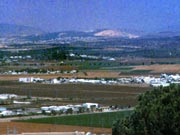 Yet another best optical image and the dehazed result.
Yet another best optical image and the dehazed result.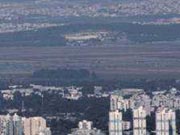
 Last best optical image and the dehazed result.
Last best optical image and the dehazed result.Intermediate results:
Scene 1: Airlight, Direct Transmission
Scene 2: Airlight, Direct Transmission

